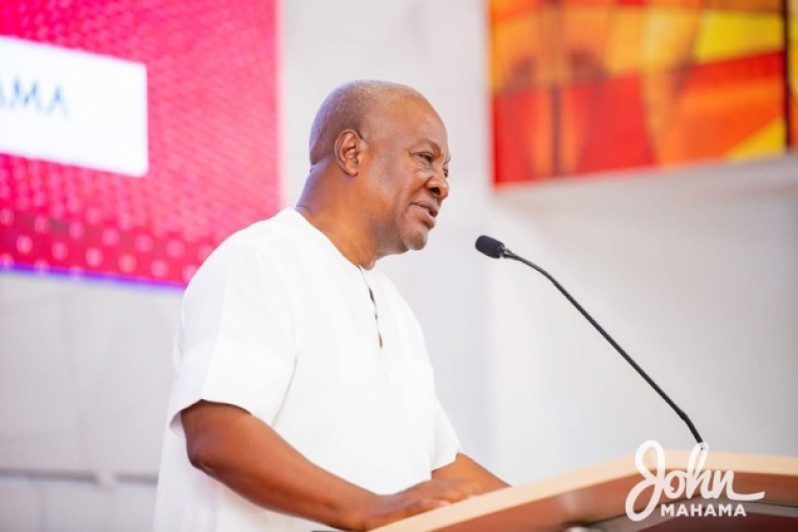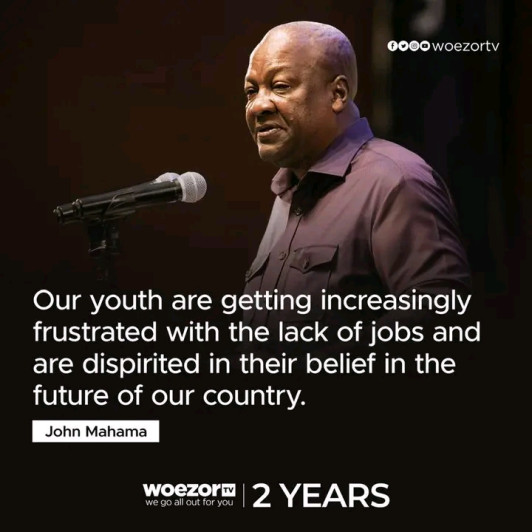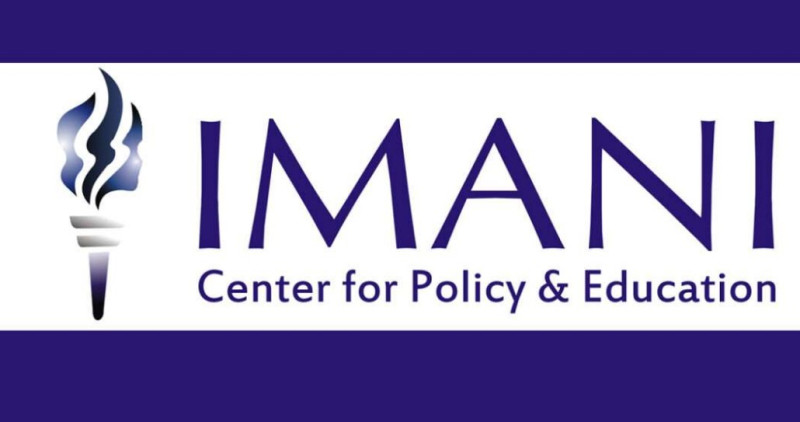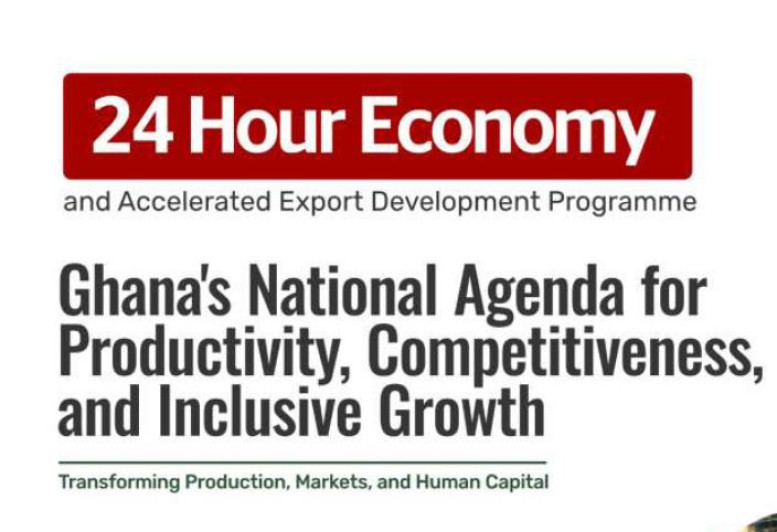
Over 500,000 Ghanaians lost their jobs between 2022-2023 - Ghana Statistical Service Report
Startling figures from the Ghana Statistical Service's (GSS) Annual Household Income and Expenditure Survey (AHIES) Labour Force Bulletin has highlighted a concerning trend in the country's employment landscape.
The report, based on data from 2022 and 2023, reveals that over 500,000 Ghanaians transitioned from employment to unemployment during this period.
The GSS report specifies that among the 530,000 individuals who shifted from employment to unemployment status between the fourth quarter of 2022 and the first quarter of 2023, more than half, approximately 280,000, remained unemployed in the second quarter of 2023.
The trend persisted, with about 160,000 people transitioning from employed to unemployed status between the second and third quarters of 2023.
On average, 240,000 individuals were unemployed over the first three quarters of 2023. However, there was a glimmer of hope as the report also indicated that approximately 60,000 individuals who were unemployed in the second quarter of 2023 managed to secure employment in the third quarter.
In a separate category, the report highlighted that among the 540,000 individuals who moved from outside the labor force to unemployment status between the fourth quarter of 2022 and the first quarter of 2023, a staggering 410,000 (about three in every four) remained unemployed in the second quarter of 2023. Additionally, around 130,000 persons moved from outside the labor force to unemployment status between the second and third quarters of 2023.
The AHIES Labour Force Bulletin is a crucial source of information, providing quarterly labor force statistics for the population aged 15 and older. The data is generated from the 2022 and 2023 AHIES surveys and offers insights into various aspects, including mobilities across labor force statuses, unemployment spells, yearly and quarterly changes in employment and unemployment rates, and other labor statistics.
This nationally representative high-frequency panel is designed to support policy and planning in alignment with Ghana's national development agendas for the labor force. The alarming trends in unemployment underscore the importance of targeted interventions and strategies to address the evolving challenges faced by the workforce in Ghana.
Disclaimer: "The views expressed on this site are those of the contributors or columnists, and do not necessarily reflect 24houreconomy.org’s position. 24houreconomy.org will not be responsible or liable for any inaccurate or incorrect statements in the contributions or columns here."
Share On Social Media
Other Stories
24-Hour economy policy a major improvement on past fragmented initiatives – IMANI Africa
1D1F programme cancelled, replaced with 24-Hour Economy – Minister
24-Hour Economy without cheaper power and credit is a mirage – GNCCI Boss
24-Hour Economy policy: Game-changer that needs flawless execution
The Fundamental Challenges to be addressed by the 24-Hour Economic Policy by the Government
Farmers should not worry about machines – Mahama on Agricultural Reforms
Akufo-Addo’s actions were so loud, Ghanaians couldn’t hear Bawumia’s policies- NPP MP
Mahama reiterates commitment to maintain opened door policy towards Minority parties
‘A difficult journey ahead’ – President-elect Mahama vows to rescue Ghana from the economic woes
24-HOUR ECONOMY
Economy



















